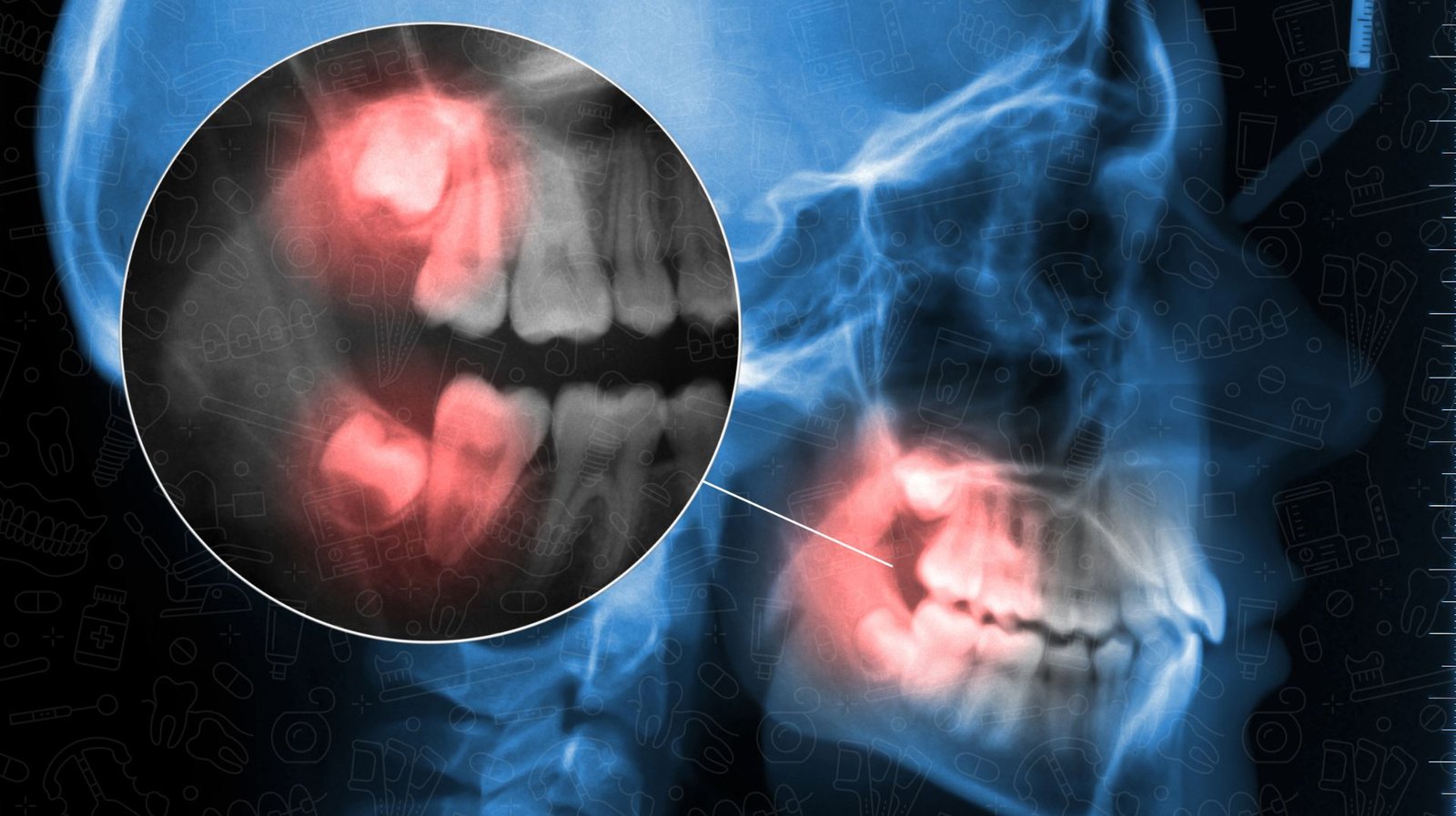I. Introduction
Overview of Cosmetic Dentistry Trends
Cosmetic dentistry has evolved significantly over the years, with an increasing focus on procedures that not only enhance the aesthetics of a smile but also improve overall oral health. From teeth whitening to veneers and dental implants, the options available to patients today are vast and varied. One of the most recent trends gaining traction is “smoothing teeth,” a subtle yet impactful procedure that promises both aesthetic and functional benefits.
Introduction to the Concept of Smoothing Teeth
Smoothing teeth involves refining the edges and surfaces of teeth to create a more uniform and polished appearance. This procedure can be as simple as gently contouring the teeth to remove minor imperfections or as comprehensive as combining contouring with other cosmetic enhancements. Unlike more invasive procedures, teeth smoothing is quick, minimally invasive, and offers immediate results, making it an attractive option for those looking to perfect their smile with minimal downtime.
Why Smoothing Teeth is Gaining Popularity
The popularity of teeth smoothing is on the rise, driven by the growing demand for subtle cosmetic enhancements that deliver significant results. Patients are increasingly seeking out ways to achieve a polished, professional look without undergoing extensive dental work. Smoothing teeth offers a solution that aligns perfectly with this trend, providing an effective way to enhance the smile without the need for complex or invasive procedures.
II. Understanding Smoothing Teeth
Definition of Smoothing Teeth
Teeth smoothing, also known as enameloplasty or tooth reshaping, is a cosmetic dental procedure that involves the precise removal or contouring of enamel to improve the appearance of teeth. This process can correct minor imperfections, such as uneven edges, small chips, or slightly misaligned teeth, resulting in a smoother and more harmonious smile.
Techniques Involved in Smoothing Teeth
Enameloplasty (Tooth Contouring)
Enameloplasty, or tooth contouring, is the most common technique used in teeth smoothing. During this procedure, a dentist carefully removes small amounts of enamel using specialized tools to reshape the tooth’s surface. The goal is to create a more symmetrical and aesthetically pleasing appearance.
Composite Bonding for Smoothing
Composite bonding can be combined with smoothing to enhance the results further. In this technique, a tooth-colored resin is applied to the tooth, sculpted into the desired shape, and then hardened with a special light. This method is particularly useful for filling in gaps or repairing chipped areas.
Polishing and Refinement
After the teeth have been contoured or bonded, the final step is polishing. This process smooths out any rough edges and adds a natural shine to the teeth, ensuring a flawless finish.
Ideal Candidates for Smoothing Teeth
Smoothing teeth is ideal for individuals with minor cosmetic concerns, such as slightly uneven teeth, small chips, or rough edges. It’s also suitable for those looking to enhance their smile without committing to more extensive procedures like veneers or orthodontics. However, it’s important to consult with a cosmetic dentist to determine if teeth smoothing is the right option based on your dental goals and the current condition of your teeth.
III. The Rise of Teeth Smoothing in Cosmetic Dentistry
Growing Demand for Subtle Enhancements
In today’s fast-paced world, many people seek cosmetic procedures that offer noticeable improvements without the need for extensive downtime. Smoothing teeth fits this demand perfectly, providing a subtle yet effective enhancement that can be completed in a single visit.
Influence of Social Media and Celebrity Endorsements
Social media and celebrity culture have played a significant role in the rise of teeth smoothing. Celebrities often showcase their flawless smiles, setting trends that many aspire to follow. The desire to achieve a similar polished appearance has driven the popularity of this procedure, especially among younger generations.
The Appeal of Minimalist Dental Procedures
Minimalist approaches to beauty and wellness are increasingly popular, and teeth smoothing aligns with this trend. It offers a conservative treatment option that preserves most of the natural tooth structure while delivering impressive cosmetic results.
IV. Benefits of Smoothing Teeth
Aesthetic Improvements
Creating a Symmetrical and Harmonious Smile
One of the primary benefits of teeth smoothing is the creation of a more symmetrical and harmonious smile. By refining the edges and contours of the teeth, the overall appearance of the smile becomes more balanced and pleasing to the eye.
Correcting Minor Imperfections
Smoothing teeth is highly effective at correcting minor imperfections, such as small chips, uneven edges, or slight misalignments. These subtle adjustments can make a significant difference in the overall look of the smile.
Enhancing Oral Health
Smoothing Rough Edges to Prevent Wear and Tear
Rough or jagged edges on teeth can lead to increased wear and tear over time. Smoothing these areas helps to prevent further damage and can reduce the risk of more serious dental issues in the future.
Reducing the Risk of Plaque Build-Up in Irregular Surfaces
Teeth with irregular surfaces can be more prone to plaque build-up, which can lead to cavities and gum disease. By smoothing these surfaces, it becomes easier to maintain good oral hygiene, reducing the risk of plaque-related problems.
Boosting Confidence
Achieving a More Polished and Professional Appearance
A smooth, even smile can have a profound impact on a person’s confidence. Whether in professional or social settings, the polished appearance achieved through smoothing teeth can help individuals feel more self-assured and ready to make a great impression.
V. Smoothing Teeth vs. Other Cosmetic Dental Procedures
Smoothing Teeth vs. Veneers
Comparing Costs, Invasiveness, and Results
While veneers offer a dramatic transformation by covering the entire front surface of the teeth, they are also more invasive and expensive. teeth smoothing, on the other hand, is less invasive, more affordable, and suitable for patients seeking more subtle enhancements.
Teeth Smoothing vs. Orthodontics
When Smoothing is a Quicker Alternative to Braces
Orthodontic treatments like braces or clear aligners are necessary for correcting significant misalignments or bite issues. However, for minor adjustments, teeth smoothing can be a quicker and less involved alternative, offering instant results without the need for months of treatment.
Teeth Smoothing vs. Teeth Whitening
How Smoothing Complements Whitening Treatments
Smoothing teeth can be an excellent complement to teeth whitening. By first smoothing the teeth and then whitening them, patients can achieve a brighter, more uniform smile that looks natural and well-maintained.
VI. The Teeth Smoothing Procedure: What to Expect
Initial Consultation and Assessment
The process begins with a consultation with a cosmetic dentist, who will assess your teeth and discuss your goals. This step is crucial to ensure that smoothing teeth is the right procedure for you.
The Smoothing Process
Step-by-Step Breakdown
- Assessment: The dentist examines the teeth to identify areas that could benefit from smoothing.
- Preparation: The dentist may apply a local anesthetic if needed, though this is often unnecessary due to the minimally invasive nature of the procedure.
- Contouring/Bonding: The dentist uses specialized tools to carefully reshape the teeth or apply composite bonding material.
- Polishing: The teeth are polished to ensure a smooth, glossy finish.
Recovery and Aftercare
Immediate Results and Long-Term Maintenance
One of the key advantages of smoothing teeth is that the results are immediate. Patients can leave the dental office with a noticeably improved smile. Aftercare involves maintaining good oral hygiene and regular dental check-ups to ensure the results last.
VII. Common Misconceptions About Teeth Smoothing
Myth 1: Smoothing Teeth Weakens Enamel
Smoothing teeth involves removing only a minimal amount of enamel, making it a safe procedure that does not compromise the strength of the teeth.
Myth 2: Smoothing is Only for Cosmetic Purposes
While smoothing teeth is primarily a cosmetic procedure, it also has functional benefits, such as reducing wear and tear and making it easier to maintain oral hygiene.
Myth 3: The Results of Smoothing Teeth Are Temporary
The results of teeth smoothing are long-lasting, especially when combined with good oral hygiene and regular dental visits. Unlike some other cosmetic treatments, the effects do not wear off over time.
VIII. Who Should Consider Smoothing Teeth?
Assessing Your Suitability Based on Dental Goals
If you are looking to improve minor imperfections in your smile without undergoing extensive dental work, smoothing teeth may be an ideal option.
Consultation with a Cosmetic Dentist
A consultation with a cosmetic dentist is essential to determine if smoothing teeth is the right procedure for your specific needs and to discuss what you can expect from the treatment.
Considerations for Long-Term Satisfaction
It’s important to consider your long-term dental goals and how teeth smoothing fits into your overall plan for maintaining a healthy, attractive smile.
IX. Conclusion
Recap of the Popularity and Benefits of Teeth Smoothing
Smoothing teeth is a rapidly growing trend in cosmetic dentistry, offering a minimally invasive way to enhance the appearance and health of your smile.
Encouragement to Explore This Trend in Cosmetic Dentistry
For those seeking subtle yet impactful improvements, smoothing teeth provides an excellent option to achieve a polished and harmonious smile.
Call to Action: Schedule a Consultation to See if Smoothing Teeth is Right for You
If you’re considering smoothing teeth, schedule a consultation with a cosmetic dentist to explore how this procedure can help you achieve the smile you’ve always wanted.





